One day, all forms of media, including still images, moving images, sound, and even public data such as traffic footage and surveillance camera images from various locations, combined with measurable environmental information, will become digital raw data for AI to manage, interpret, and process. In the near future, when we are able to collect enough data and when AI becomes intelligent enough, it will be capable of producing results that are identical to what a camera would have captured, based solely on the prompts we give. It will also be able to enhance image quality and predict the past or future of the original scene. That output will then become data for the next round of processing, and then the next, until we can no longer trace where the idea of "authenticity" originally began.
The project A PARALLEL HISTORY, A Study of Artificial Intelligence and the Mechanisms of Memory by Simon Brodbeck and Lucie de Barbuat is not just a playful use of AI to mimic legendary photos in photography history. It may actually be predicting exactly what was described in the earlier paragraph. Simon and Lucie use AI’s capabilities to recreate old photographs by feeding it as much related information as possible. According to the project statement, “Each image results from meticulous research into the original techniques, the context of capture, location, and date, aimed at recreating the scene with precision.”
When they worked on this project (2022–2023), it was during the early stages of AI image-generation programs. Around the same time, Boris Eldagsen created THE ELECTRICIAN, part of his series PSEUDOMNESIA (Fake Memory), which sparked global discussions about generative AI in photography. At that time, AI could generate images from simple human-written prompts, but the image quality was still poor and full of flaws. Oddly, these imperfections became a new aesthetic of early AI photography — melting clay-like faces, missing or extra fingers, and surreal distortions that looked like something from a nightmare.
These early flaws were partly due to limited data in training models and incomplete coding, which led to suspicious results. For example, in the AI-generated version of Raising a Flag over the Reichstag by Yevgeny Khaldei, a famous photo of the Soviet victory over Nazi Germany, it failed to accurately recreate the Soviet flag. This was surprising, considering that such historical information is widely available online, like on Wikipedia. AI shouldn’t make basic mistakes like this. But if it can’t even generate correct fingers, how could we expect it to render the hammer and sickle on a flag?
This project invites a dialogue on Appropriation Art in a new, more complex way. It moves beyond simple imitation, unlike the works of Richard Prince or Sherrie Levine. Instead, it borrows data and memory, similar to how Cindy Sherman performed as B-movie heroines in her photographs. It blends shared memories and human knowledge to create new works that still carry the charm and resistance against the single definition of Modern Art. This process has major implications for photography and its future, with AI becoming both a powerful tool today and a potentially unstoppable force in the years ahead.
About the Artist
Brodbeck & de Barbuat (Simon Brodbeck and Lucie de Barbuat) are a Franco-German artist duo based in Paris. Since 2005, their projects have taken the form of ensembles that question the history of photography and the representation of reality in contemporary images. Inspired by beliefs linked to the mystery of the soul, their work captures Man’s silent melancholy in different ways, highlighting the gap between his existence and the world of dreams.
Fellows of the Villa Medici, French Academy in Rome from 2016 to 2017, they are graduates of the École nationale supérieure de la Photographie in Arles, and the Institut national des langues et civilisations orientales in Paris. Winners of the national photographic commission « Image 3.0 » in partnership with the Jeu de Paume and the Cnap national collections in 2021, they were awarded the Prix Jeune création 2013, the HSBC Award for Photography in 2010 and the Nestlé prize at the Festival Images Vevey 2010.
Their work has been the subject of solo exhibitions at the Fotomuseum in Antwerp, the Maison Européenne de la Photographie, the Villa Médicis in Rome and the Institut français du Japon, and group exhibitions including the Rencontres de la Photographie in Arles, the Arsenale in Venice, the Cairo Biennale, the Saatchi gallery in London, the Museum of Photography in Thessaloniki and the Mucem in Marseille, among others.
https://www.brodbeckdebarbuat.com/
A PARALLEL HISTORY
June 30, 2025
[For English, please scroll down]
ในวันหนึ่ง สื่อทุกอย่างไม่ว่าจะเป็นภาพนิ่ง ภาพเคลื่อนไหว เสียง เลยไปถึงข้อมูลสาธารณะของพวกเรา เช่น ภาพข้อมูลจราจร ภาพกล้องวงจรปิดตามจุดต่าง ๆ ฯลฯ บวกกับข้อมูลประกอบจากสิ่งแวดล้อมที่สามารถวัดได้ ทุก ๆ อย่างจะกลายเป็นข้อมูลดิจิตัลดิบ (Digital Raw Data) ให้ AI เข้ามาจัดการ ตีความ และประมวลผล และในอนาคตอันใกล้, วันที่พวกเราเก็บข้อมูลได้มากเพียงพอ วันที่พวกเขา (AI) ฉลาดเพียงพอ พวกเขาจะให้ผลลัพท์ที่เป็นมุมเดียวกันกับที่กล้องถ่ายภาพผลิตออกมาอย่างไม่ผิดเพี้ยน โดยที่เพียงรับคำขอ (Prompt) ที่เราส่งเข้าไปเท่านั้น รวมไปถึงปรับปรุงคุณภาพ คาดการณ์อดีต-อนาคตของภาพจริงนั้น ๆ ได้ และผลลัพธ์นั้นก็จะกลายไปเป็นข้อมูลให้กับการประมวณผลครั้งต่อไปและต่อไป จนมิอาจสืบค้นได้แล้วว่า ‘ความแท้’ ของเรื่องเหล่านั้นเริ่มมาจากจุดใด
งานชุด ‘A PARALLEL HISTORY — A Study of Artificial Intelligence and the Mechanisms of Memory’ ของ ซิม่อน โบรดเบค และ ลูซี่ เดอ บาร์บูอา (Simon Brodbeck & Lucie de Barbuat) ไม่ใช่เรื่องสนุก ๆ ที่ใช้ AI สร้างภาพเลียนแบบภาพถ่ายที่เป็นตำนานของวงการถ่ายภาพเท่านั้น แต่อาจกำลังทำนายสิ่งเดียวกันกับข้อความในย่อหน้าแรก ๆ ของข้อเขียนนี้ ไซมอนและลูซี่ใช้ความสามารถของ AI ในการถ่ายภาพขึ้นมาใหม่ โดยป้อนข้อมูลต่าง ๆ ที่เกี่ยวข้องกับภาพถ่ายเก่าเหล่านั้นให้มากที่สุด “Each image results from meticulous research into the original techniques, the context of capture, location, and date, aimed at recreating the scene with precision.” จากคำถ้อยแถลงของโครงการ
ขณะที่ทั้งคู่สร้างโครงการนี้ เป็นปี 2022-2023 ซึ่งเป็นโปรแกรมสร้างภาพจาก AI เวอร์ชั่นแรก ๆ อยู่ช่วงปีเดียวกันกับ บอริส เอลแด็กเซ่น (Boris Eldagsen) สร้างงานที่ชื่อ ‘THE ELECTRICIAN’ จากภาพชุด ‘PSEUDOMNESIA’ (Fake Memory) ที่กลายเป็นประเด็น Generative AI Photography ไปทั่ววงการภาพถ่ายโลก ซึ่งเป็น AI ช่วงที่กำลังพัฒนาในเรื่องการสร้างภาพต่าง ๆ จากภาษามนุษย์ง่าย ๆ (Prompt) ที่ป้อนเข้าไป และผลลัพธ์ของภาพในช่วงเวลานั้นยังไม่มีคุณภาพที่ดีนัก มีข้อบกพร่อง และตำหนิมากมาย แต่กลับเป็นความงาม (Aesthetic) รูปแบบใหม่ของภาพถ่ายที่ถูกเจนออกมาจาก AI ในช่วงปีแรก ๆ อาทิ หน้าของคนที่เหมือนดินน้ำมันหลอมเหลว นิ้วที่ไม่ครบหรือถูกให้มาเกิน และความผิดเพี้ยนทางรูปทรงต่าง ๆ ที่เหนือจริงราวกับหลุดออกมาจากฝันสยอง
รวมไปถึงการที่คลังข้อมูลในระบบที่ยังไม่มากนัก และการโค้ด (Coding) ที่ยังไม่สมบูรณ์และมีจุดผิดพลาด ทำให้ได้ผลลัพธ์ที่ดูน่าสงสัยเคลือบแคลงในบางอย่าง เช่น ภาพ ‘Raising a Flag over the Reichstag’ ของ Yevgeny Khaldei ที่เป็นการชูธงประกาศชัยชนะของรัสเซียต่อเยอรมันที่อาคารไรชส์ทาคในกรุงเบอร์ลิน, AI ไม่น่าพลาดที่จะกวาดเอาข้อมูลประวัติศาสตร์ที่เป็นสาธารณะไปเก็บในคลังอย่างแน่นอน (เช่นข้อมูลของ Wikipeia) แต่หากภาพที่ถูกเจนออกมากลับเป็นภาพของคนที่ชูธงชาติที่มีความใกล้เคียงธงชาติรัสเซียเท่านั้น, AI ไม่น่าพลาดเรื่องข้อมูลง่าย ๆ แบบนี้—แต่ขนาดนิ้วยังเจนออกมาขาด ๆ เกิน ๆ นับประสาอะไรกับรูปค้อนเคียวบนธงชาติเล่า
งานชิ้นนี้ยังเปิดบทสนทนาเรื่องศิลปะของการหยิบยืม (Appropriation Art) ที่เคลื่อนย้ายจากกรรมวิธีเดิม ๆ มาเป็นกระบวนการที่ซับซ้อนมากขึ้น งานไม่ได้ถูกหยิบยืมกันแบบตรงไปตรงมาอีกต่อไป อย่างงานของ ริชาร์ด พริ้นซ์ (Richard Prince) หรือ เชอร์รี่ เลวีน (Sherrie Levine) แต่หากเป็นการหยิบยืมทาง ‘ข้อมูล-ความทรงจำ’ เป็นกระบวนการเดียวกันกับ ซินดี เชอร์แมน (Cindy Serman) แสดงเป็นนางเอกหนังเกรดบีในผลงานภาพถ่ายของเธอ เป็นเวอร์ชันผสมผสานเอาความทรงจำ และองค์ความรู้ร่วมกันของมนุษย์คนอื่น ๆ มาสร้างงานอีกชิ้นหนึ่งขึ้นมา ที่ยังคงกลิ่นอายที่มีสเน่ห์ของศิลปะการต่อต้านนิยามความเป็นหนึ่งเดียวของศิลปะสมัยใหม่ (Modern Art) รวมไปถึงผลกระทบที่ตามมาในมิติต่าง ๆ ของศิลปะภาพถ่ายแขนงนี้ ที่ได้ AI มาเป็นอาวุธชิ้นสำคัญในปัจจุบัน และจะกลายร่างเป็นขีปนาวุธทรงอำนาจในกาลอนาคต
เกี่ยวกับศิลปิน
ซิม่อน โบรดเบค และ ลูซี่ เดอ บาร์บูอา (Brodbeck & de Barbuat) เป็นศิลปินคู่ชาวฝรั่งเศส-เยอรมันที่อาศัยอยู่ในกรุงปารีส ทำงานร่วมกันตั้งแต่ปี 2005 ผลงานของพวกเขามักตั้งคำถามเกี่ยวกับประวัติศาสตร์ของการถ่ายภาพและการสะท้อนความจริงในภาพร่วมสมัย โดยได้รับแรงบันดาลใจจากความเชื่อเกี่ยวกับจิตวิญญาณ ผลงานจึงสะท้อนความเงียบงันและความเหงาของมนุษย์ พร้อมทั้งเน้นย้ำช่องว่างระหว่างโลกแห่งความจริงกับความฝัน
ทั้งสองเคยเป็นศิลปินพำนักที่วิลล่า เมดิซี (Villa Medici) กรุงโรม (ปี 2016–2017) จบการศึกษาจากโรงเรียนการถ่ายภาพแห่งชาติเมืองอาร์ลส์ และสถาบันภาษาตะวันออกแห่งชาติที่ปารีส พวกเขาเคยได้รับรางวัลหลายรางวัล เช่น รางวัล HSBC Award for Photography ปี 2010, Prix Jeune Création ปี 2013 และรางวัลจาก Nestlé ที่เทศกาลภาพถ่าย Vevey
ผลงานของพวกเขาเคยจัดแสดงทั้งในนิทรรศการเดี่ยวและกลุ่มตามสถานที่สำคัญ เช่น Fotomuseum ที่แอนต์เวิร์ป, Maison Européenne de la Photographie ที่ปารีส, Villa Médicis ที่โรม และในงาน Biennale ที่ไคโร รวมถึง Saatchi Gallery ที่ลอนดอน และพิพิธภัณฑ์อีกหลายแห่งทั่วโลก
https://www.brodbeckdebarbuat.com/
ในวันหนึ่ง สื่อทุกอย่างไม่ว่าจะเป็นภาพนิ่ง ภาพเคลื่อนไหว เสียง เลยไปถึงข้อมูลสาธารณะของพวกเรา เช่น ภาพข้อมูลจราจร ภาพกล้องวงจรปิดตามจุดต่าง ๆ ฯลฯ บวกกับข้อมูลประกอบจากสิ่งแวดล้อมที่สามารถวัดได้ ทุก ๆ อย่างจะกลายเป็นข้อมูลดิจิตัลดิบ (Digital Raw Data) ให้ AI เข้ามาจัดการ ตีความ และประมวลผล และในอนาคตอันใกล้, วันที่พวกเราเก็บข้อมูลได้มากเพียงพอ วันที่พวกเขา (AI) ฉลาดเพียงพอ พวกเขาจะให้ผลลัพท์ที่เป็นมุมเดียวกันกับที่กล้องถ่ายภาพผลิตออกมาอย่างไม่ผิดเพี้ยน โดยที่เพียงรับคำขอ (Prompt) ที่เราส่งเข้าไปเท่านั้น รวมไปถึงปรับปรุงคุณภาพ คาดการณ์อดีต-อนาคตของภาพจริงนั้น ๆ ได้ และผลลัพธ์นั้นก็จะกลายไปเป็นข้อมูลให้กับการประมวณผลครั้งต่อไปและต่อไป จนมิอาจสืบค้นได้แล้วว่า ‘ความแท้’ ของเรื่องเหล่านั้นเริ่มมาจากจุดใด
งานชุด ‘A PARALLEL HISTORY — A Study of Artificial Intelligence and the Mechanisms of Memory’ ของ ซิม่อน โบรดเบค และ ลูซี่ เดอ บาร์บูอา (Simon Brodbeck & Lucie de Barbuat) ไม่ใช่เรื่องสนุก ๆ ที่ใช้ AI สร้างภาพเลียนแบบภาพถ่ายที่เป็นตำนานของวงการถ่ายภาพเท่านั้น แต่อาจกำลังทำนายสิ่งเดียวกันกับข้อความในย่อหน้าแรก ๆ ของข้อเขียนนี้ ไซมอนและลูซี่ใช้ความสามารถของ AI ในการถ่ายภาพขึ้นมาใหม่ โดยป้อนข้อมูลต่าง ๆ ที่เกี่ยวข้องกับภาพถ่ายเก่าเหล่านั้นให้มากที่สุด “Each image results from meticulous research into the original techniques, the context of capture, location, and date, aimed at recreating the scene with precision.” จากคำถ้อยแถลงของโครงการ
ขณะที่ทั้งคู่สร้างโครงการนี้ เป็นปี 2022-2023 ซึ่งเป็นโปรแกรมสร้างภาพจาก AI เวอร์ชั่นแรก ๆ อยู่ช่วงปีเดียวกันกับ บอริส เอลแด็กเซ่น (Boris Eldagsen) สร้างงานที่ชื่อ ‘THE ELECTRICIAN’ จากภาพชุด ‘PSEUDOMNESIA’ (Fake Memory) ที่กลายเป็นประเด็น Generative AI Photography ไปทั่ววงการภาพถ่ายโลก ซึ่งเป็น AI ช่วงที่กำลังพัฒนาในเรื่องการสร้างภาพต่าง ๆ จากภาษามนุษย์ง่าย ๆ (Prompt) ที่ป้อนเข้าไป และผลลัพธ์ของภาพในช่วงเวลานั้นยังไม่มีคุณภาพที่ดีนัก มีข้อบกพร่อง และตำหนิมากมาย แต่กลับเป็นความงาม (Aesthetic) รูปแบบใหม่ของภาพถ่ายที่ถูกเจนออกมาจาก AI ในช่วงปีแรก ๆ อาทิ หน้าของคนที่เหมือนดินน้ำมันหลอมเหลว นิ้วที่ไม่ครบหรือถูกให้มาเกิน และความผิดเพี้ยนทางรูปทรงต่าง ๆ ที่เหนือจริงราวกับหลุดออกมาจากฝันสยอง
รวมไปถึงการที่คลังข้อมูลในระบบที่ยังไม่มากนัก และการโค้ด (Coding) ที่ยังไม่สมบูรณ์และมีจุดผิดพลาด ทำให้ได้ผลลัพธ์ที่ดูน่าสงสัยเคลือบแคลงในบางอย่าง เช่น ภาพ ‘Raising a Flag over the Reichstag’ ของ Yevgeny Khaldei ที่เป็นการชูธงประกาศชัยชนะของรัสเซียต่อเยอรมันที่อาคารไรชส์ทาคในกรุงเบอร์ลิน, AI ไม่น่าพลาดที่จะกวาดเอาข้อมูลประวัติศาสตร์ที่เป็นสาธารณะไปเก็บในคลังอย่างแน่นอน (เช่นข้อมูลของ Wikipeia) แต่หากภาพที่ถูกเจนออกมากลับเป็นภาพของคนที่ชูธงชาติที่มีความใกล้เคียงธงชาติรัสเซียเท่านั้น, AI ไม่น่าพลาดเรื่องข้อมูลง่าย ๆ แบบนี้—แต่ขนาดนิ้วยังเจนออกมาขาด ๆ เกิน ๆ นับประสาอะไรกับรูปค้อนเคียวบนธงชาติเล่า
งานชิ้นนี้ยังเปิดบทสนทนาเรื่องศิลปะของการหยิบยืม (Appropriation Art) ที่เคลื่อนย้ายจากกรรมวิธีเดิม ๆ มาเป็นกระบวนการที่ซับซ้อนมากขึ้น งานไม่ได้ถูกหยิบยืมกันแบบตรงไปตรงมาอีกต่อไป อย่างงานของ ริชาร์ด พริ้นซ์ (Richard Prince) หรือ เชอร์รี่ เลวีน (Sherrie Levine) แต่หากเป็นการหยิบยืมทาง ‘ข้อมูล-ความทรงจำ’ เป็นกระบวนการเดียวกันกับ ซินดี เชอร์แมน (Cindy Serman) แสดงเป็นนางเอกหนังเกรดบีในผลงานภาพถ่ายของเธอ เป็นเวอร์ชันผสมผสานเอาความทรงจำ และองค์ความรู้ร่วมกันของมนุษย์คนอื่น ๆ มาสร้างงานอีกชิ้นหนึ่งขึ้นมา ที่ยังคงกลิ่นอายที่มีสเน่ห์ของศิลปะการต่อต้านนิยามความเป็นหนึ่งเดียวของศิลปะสมัยใหม่ (Modern Art) รวมไปถึงผลกระทบที่ตามมาในมิติต่าง ๆ ของศิลปะภาพถ่ายแขนงนี้ ที่ได้ AI มาเป็นอาวุธชิ้นสำคัญในปัจจุบัน และจะกลายร่างเป็นขีปนาวุธทรงอำนาจในกาลอนาคต
เกี่ยวกับศิลปิน
ซิม่อน โบรดเบค และ ลูซี่ เดอ บาร์บูอา (Brodbeck & de Barbuat) เป็นศิลปินคู่ชาวฝรั่งเศส-เยอรมันที่อาศัยอยู่ในกรุงปารีส ทำงานร่วมกันตั้งแต่ปี 2005 ผลงานของพวกเขามักตั้งคำถามเกี่ยวกับประวัติศาสตร์ของการถ่ายภาพและการสะท้อนความจริงในภาพร่วมสมัย โดยได้รับแรงบันดาลใจจากความเชื่อเกี่ยวกับจิตวิญญาณ ผลงานจึงสะท้อนความเงียบงันและความเหงาของมนุษย์ พร้อมทั้งเน้นย้ำช่องว่างระหว่างโลกแห่งความจริงกับความฝัน
ทั้งสองเคยเป็นศิลปินพำนักที่วิลล่า เมดิซี (Villa Medici) กรุงโรม (ปี 2016–2017) จบการศึกษาจากโรงเรียนการถ่ายภาพแห่งชาติเมืองอาร์ลส์ และสถาบันภาษาตะวันออกแห่งชาติที่ปารีส พวกเขาเคยได้รับรางวัลหลายรางวัล เช่น รางวัล HSBC Award for Photography ปี 2010, Prix Jeune Création ปี 2013 และรางวัลจาก Nestlé ที่เทศกาลภาพถ่าย Vevey
ผลงานของพวกเขาเคยจัดแสดงทั้งในนิทรรศการเดี่ยวและกลุ่มตามสถานที่สำคัญ เช่น Fotomuseum ที่แอนต์เวิร์ป, Maison Européenne de la Photographie ที่ปารีส, Villa Médicis ที่โรม และในงาน Biennale ที่ไคโร รวมถึง Saatchi Gallery ที่ลอนดอน และพิพิธภัณฑ์อีกหลายแห่งทั่วโลก
https://www.brodbeckdebarbuat.com/
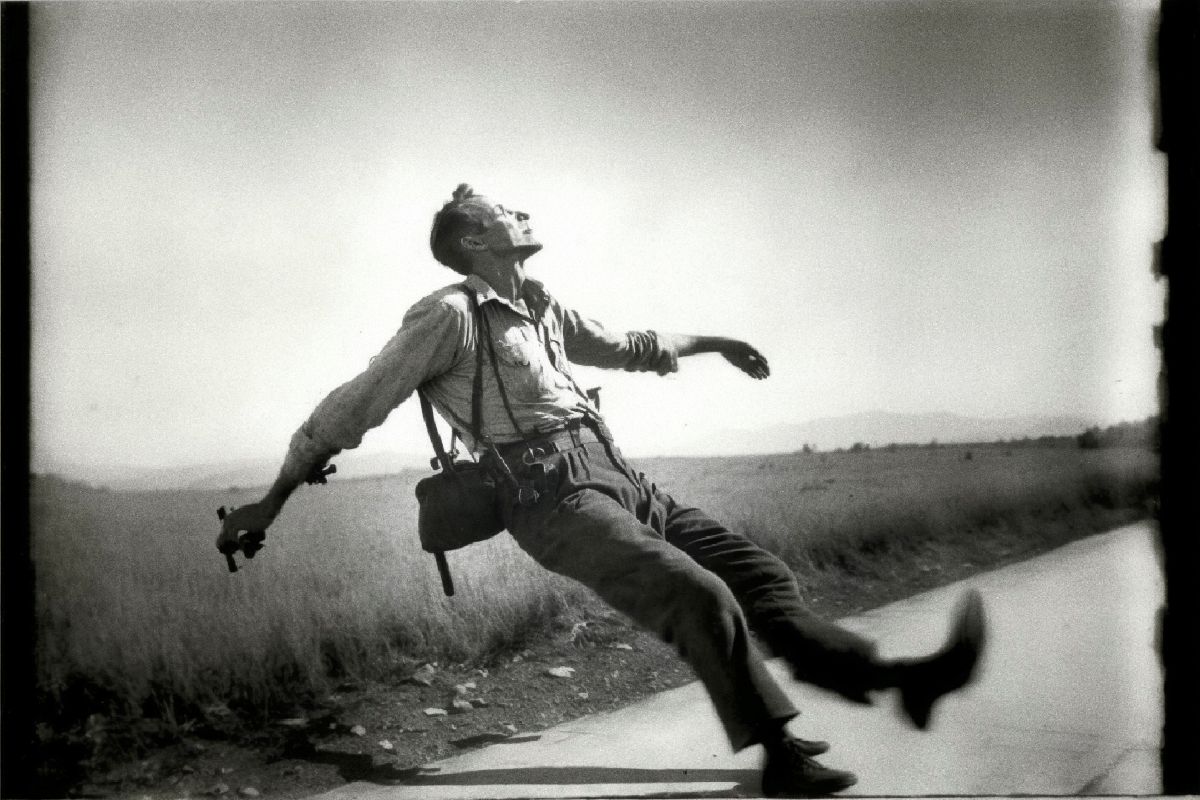
Brodbeck & de Barbuat, Etude d’après Etude d’après Robert Capa, The falling soldier, Cerro Muriano, 1936 - 2022
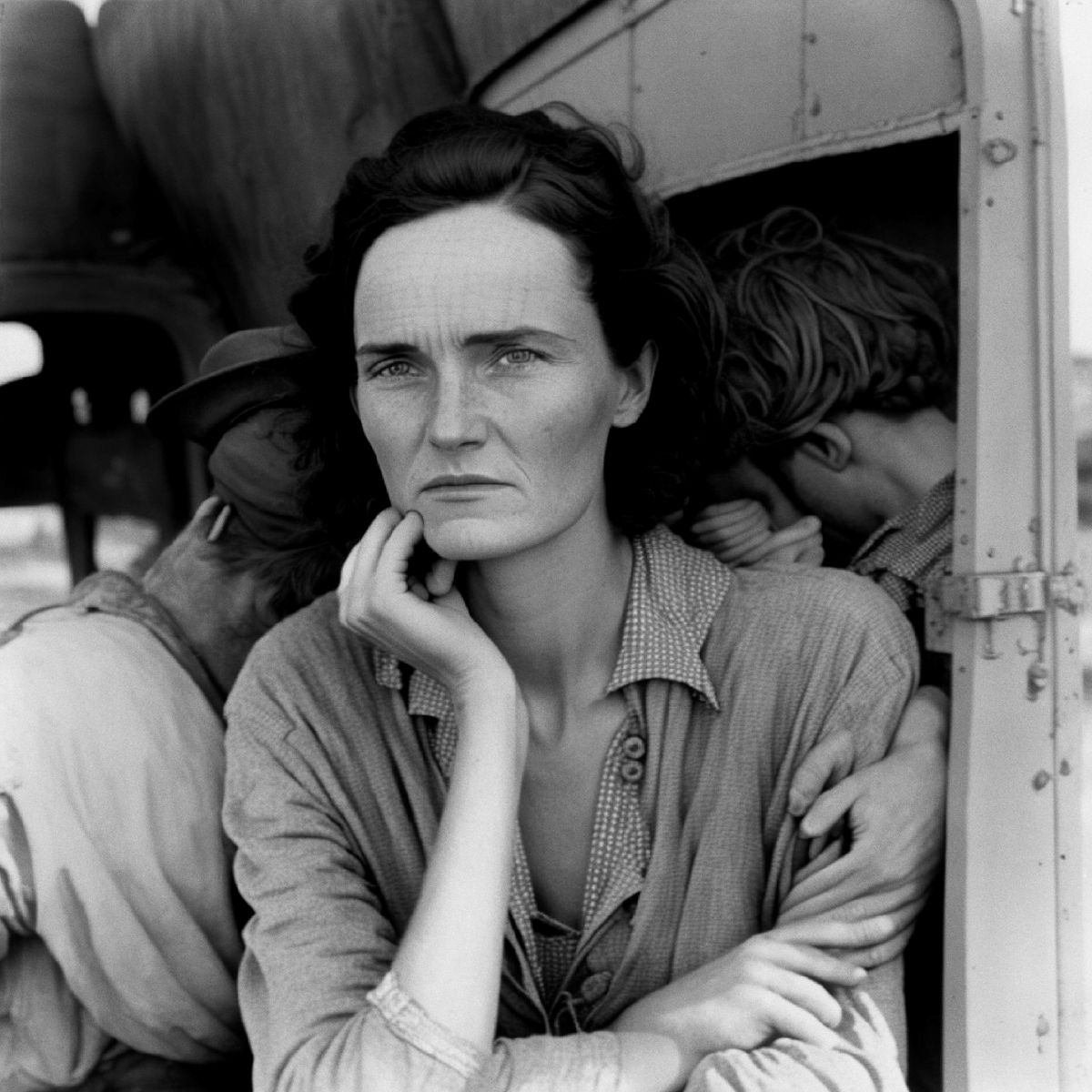
Brodbeck & de Barbuat, Etude d’après Dorothea Lange, Migrant mother, Nipomo, California, 1936 - 2022
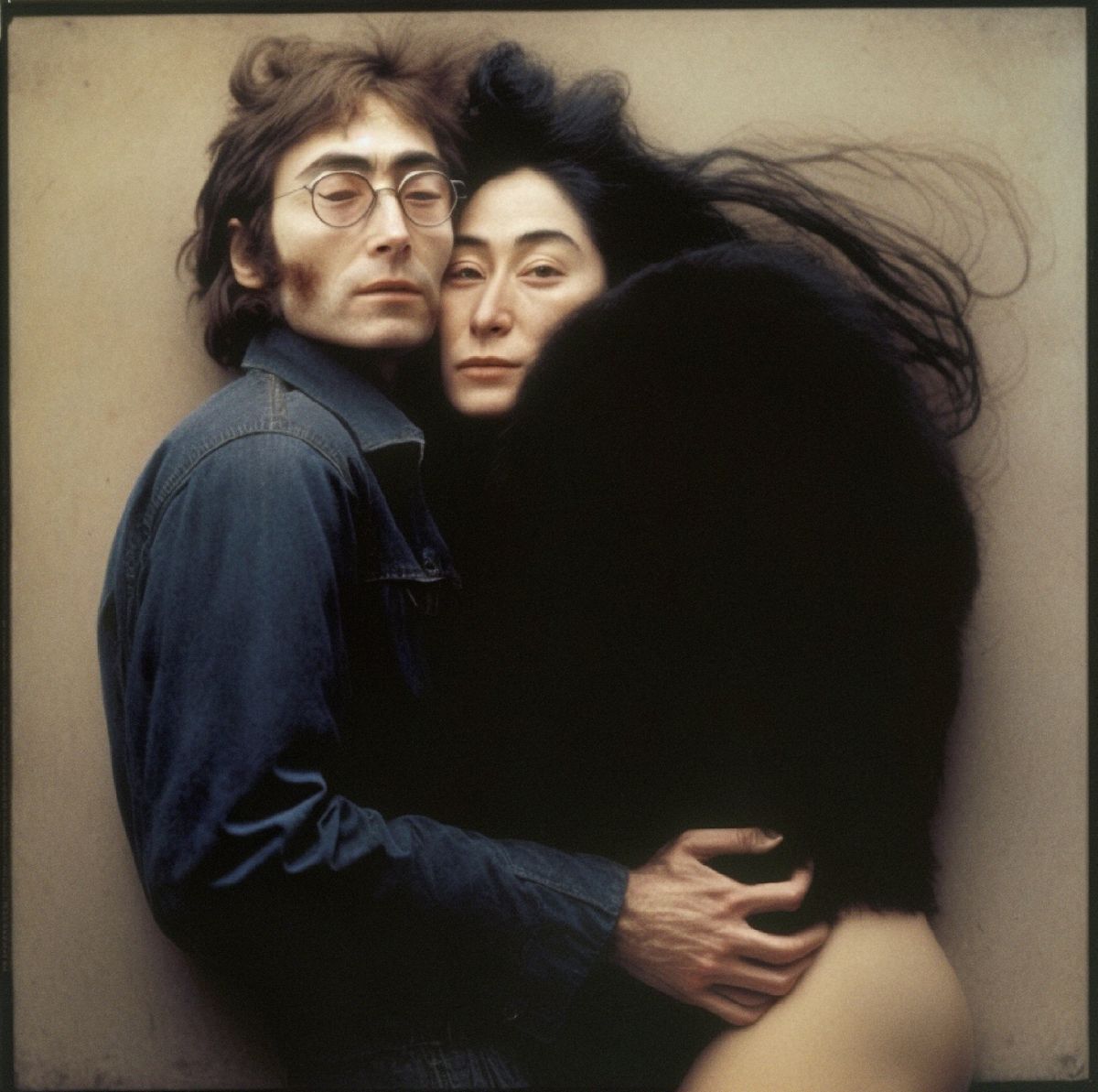
Brodbeck & de Barbuat, Etude d’après Annie Leibovitz, John Lennon and Yoko Ono, 1980 - 2022
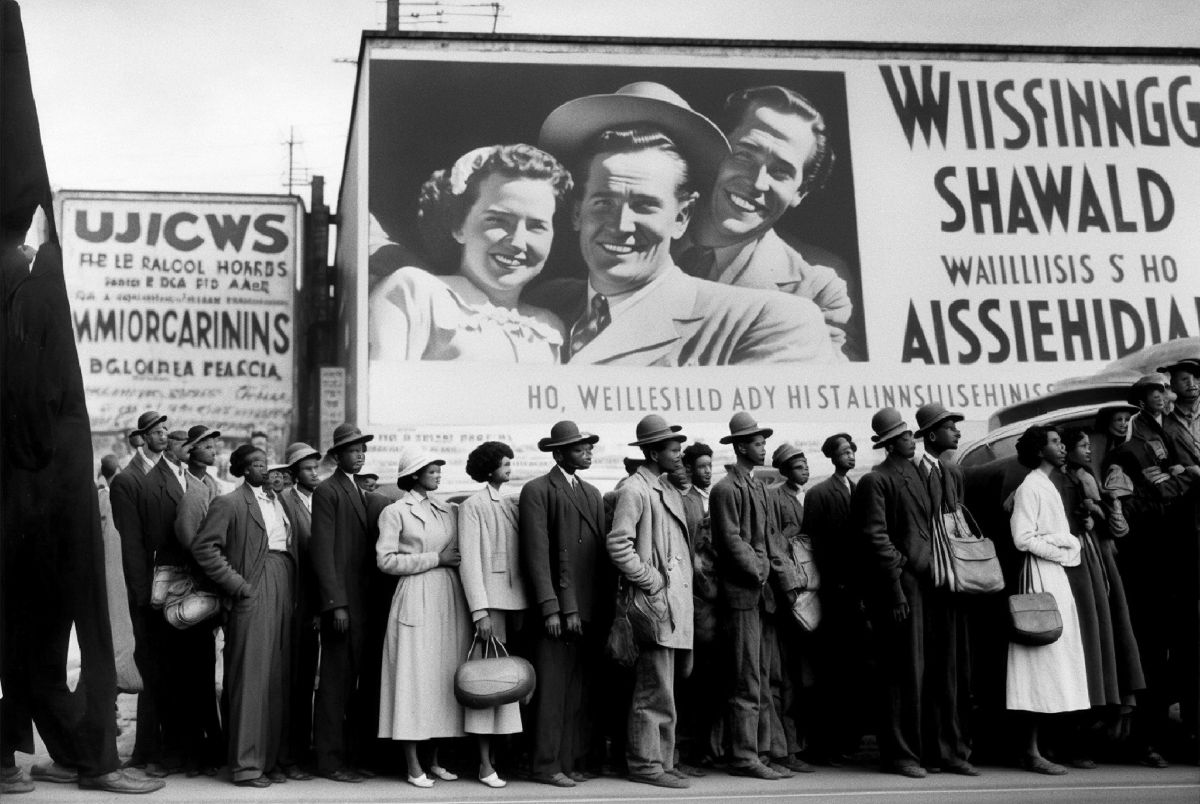
Brodbeck & de Barbuat, Etude d’après Margaret Bourke-White, At the Time of the Louisville Flood, 1937 - 2022

Brodbeck & de Barbuat, Etude d’après Yevgeny Khaldei, Raising a Flag over the Reichstag, 1945 - 2022
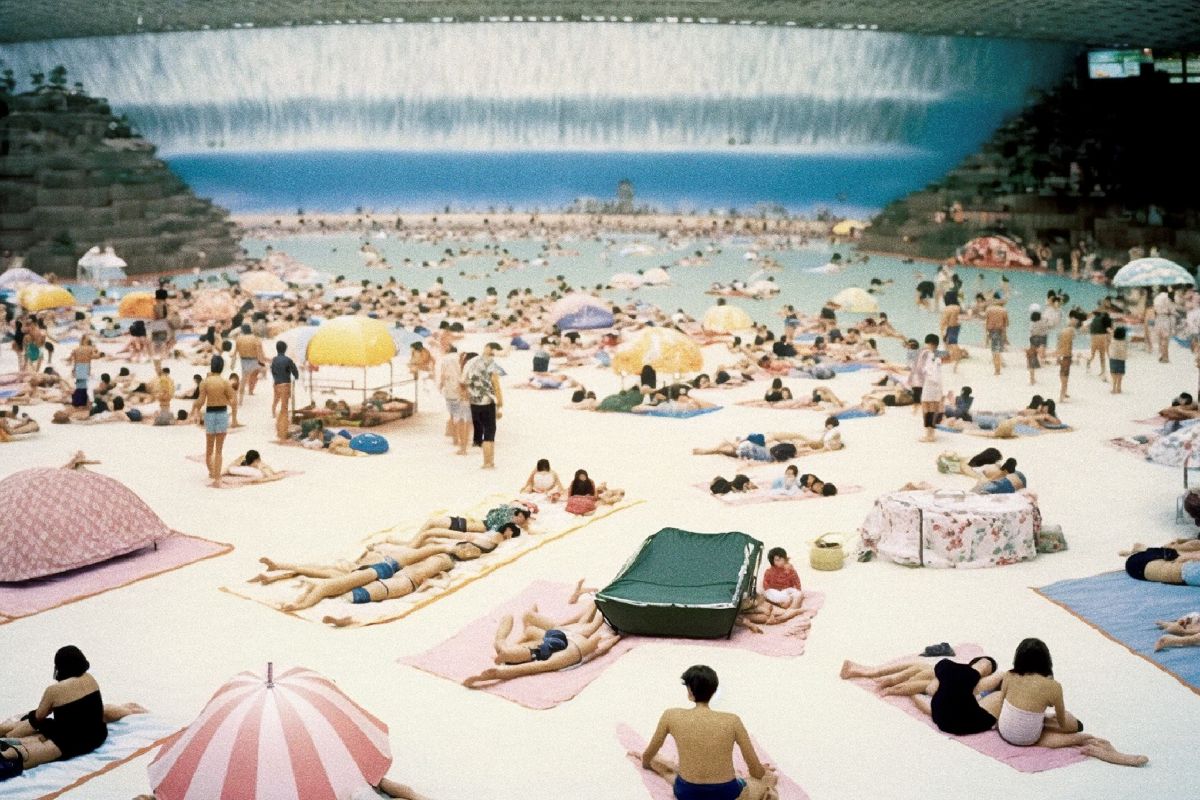
Brodbeck & de Barbuat, Etude d’après Martin Parr, The artificial beach inside the Ocean Dome, Miyazaki, Japan, 1996 - 2022
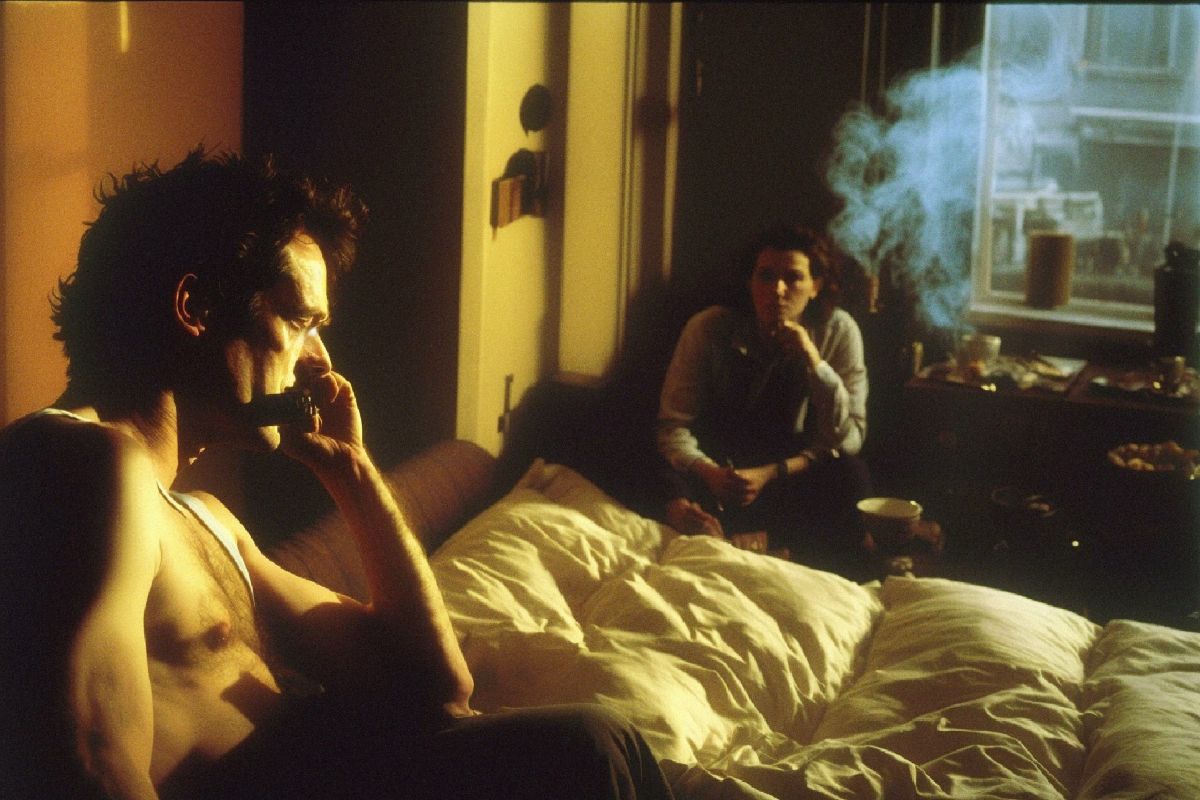
Brodbeck & de Barbuat, Etude d’après Nan Goldin, Nan and Brian in Bed, New York City, 1983 - 2022
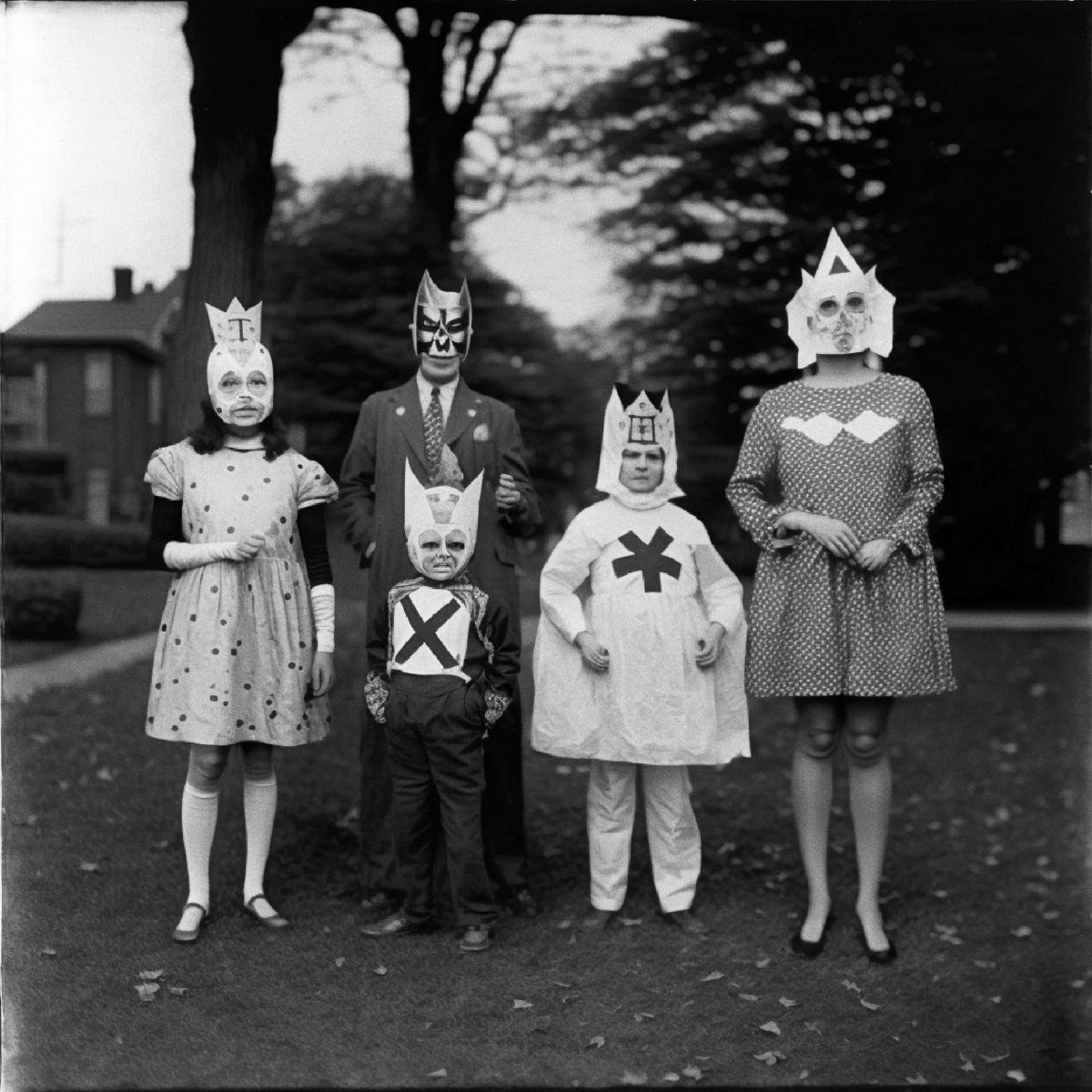
Brodbeck & de Barbuat, Etude d’après Diane Arbus, Untitled (49), New Jersey, 1970 - 2022
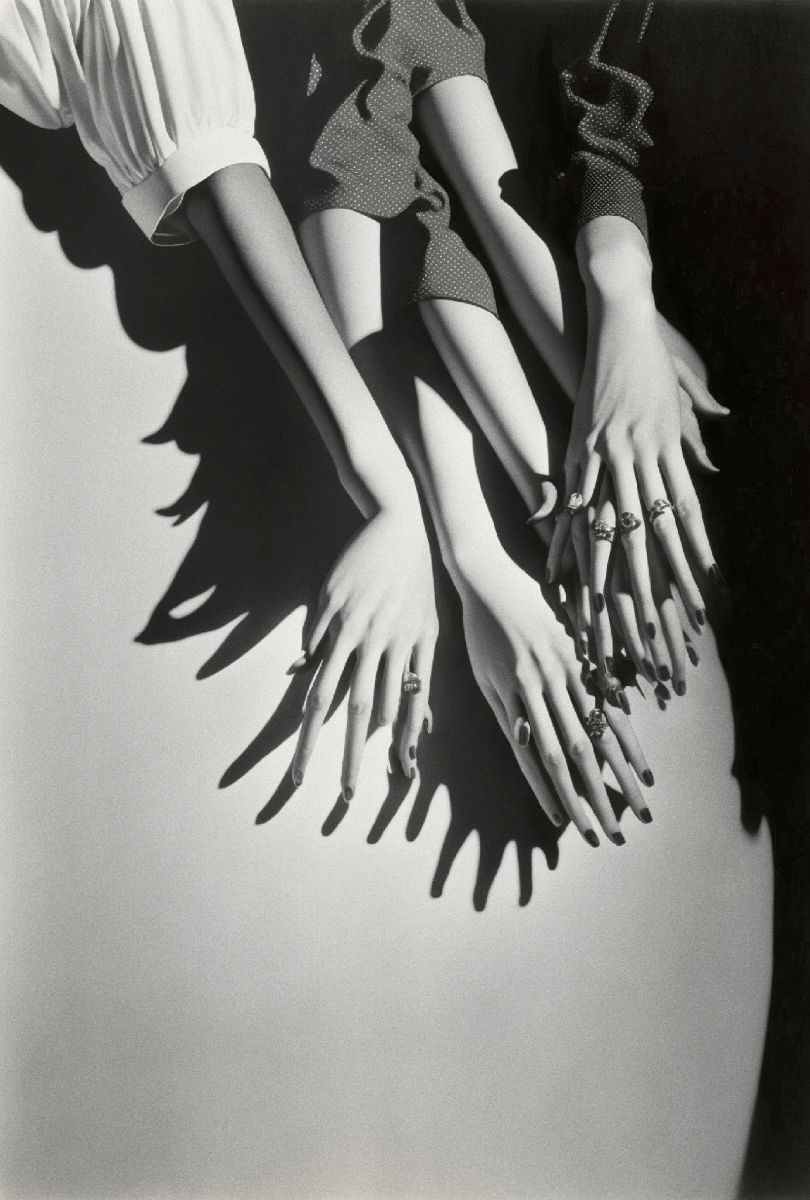
Brodbeck & de Barbuat, Etude d’après Horst P. Horst, Hands, Hands, Hands, 1941 - 2022
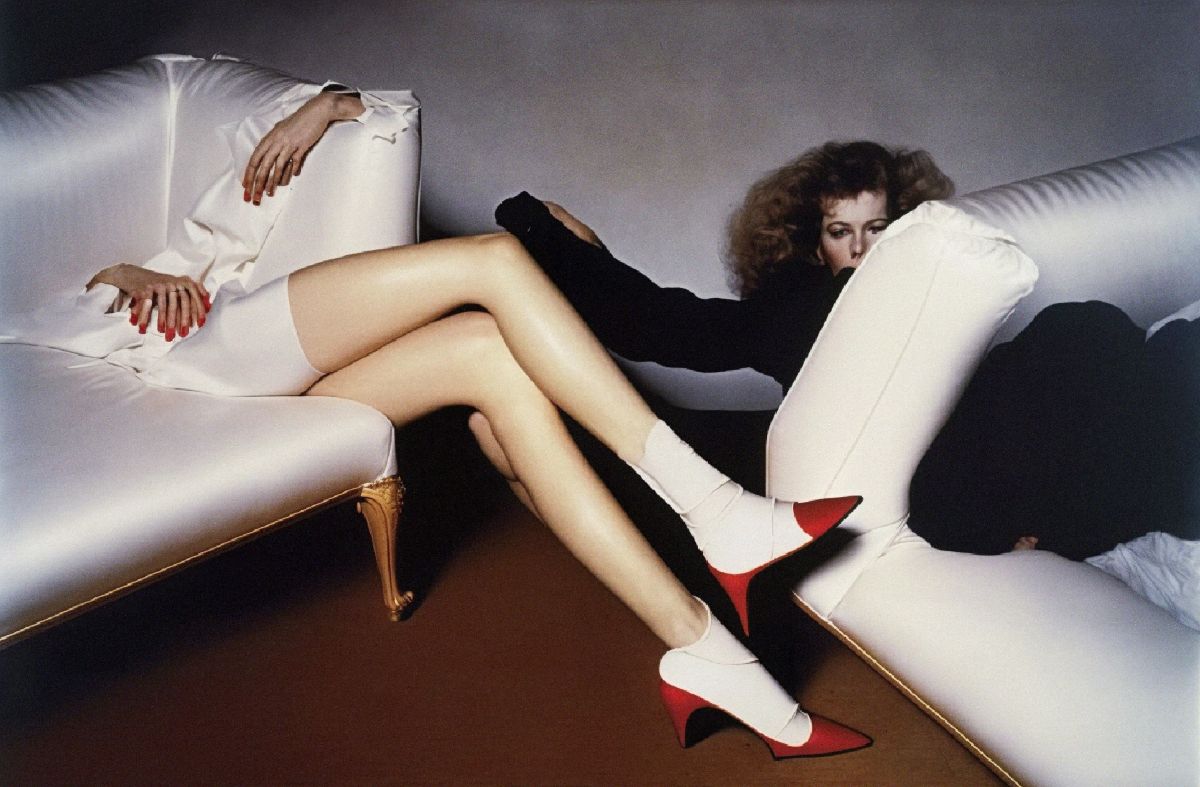
Etude II d’après Guy Bourdin, Charles Jourdan, Autumn 1977 - 2022
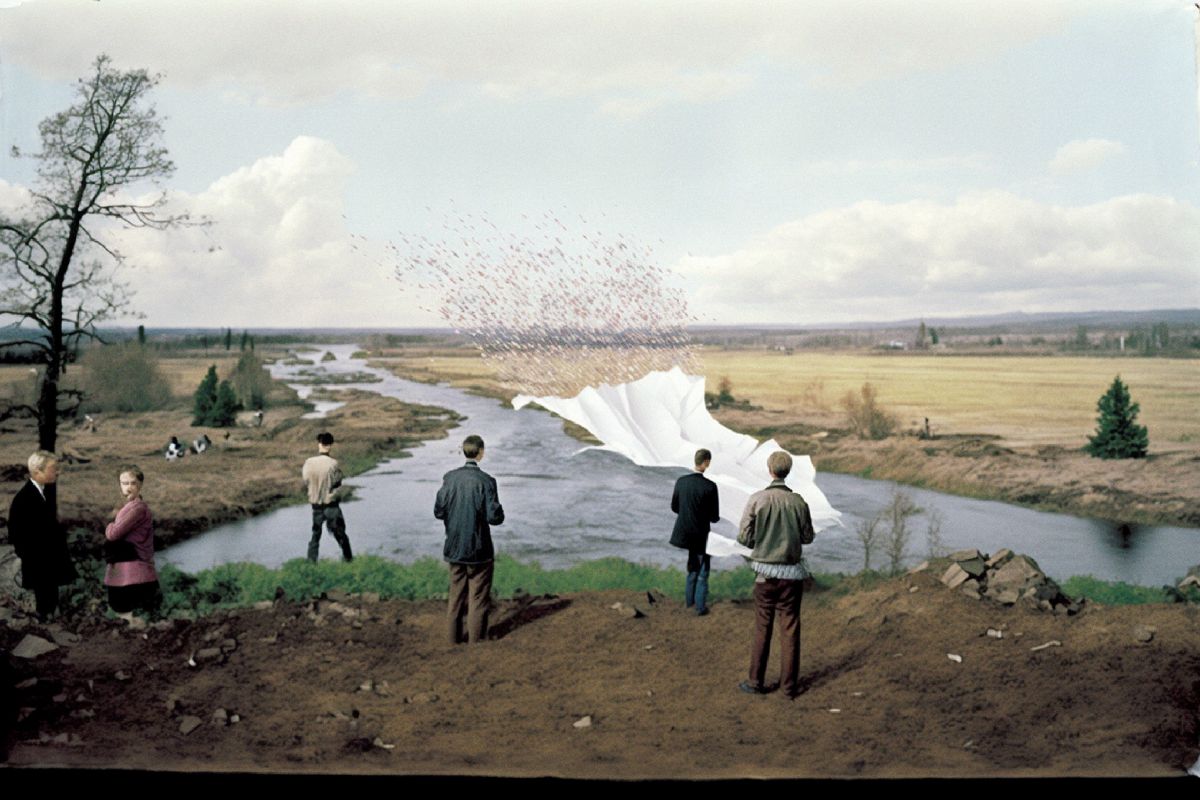
Brodbeck & de Barbuat, Etude d’après Jeff Wall, A Sudden Gust of Wind (after Hokusai), 1993 - 2022
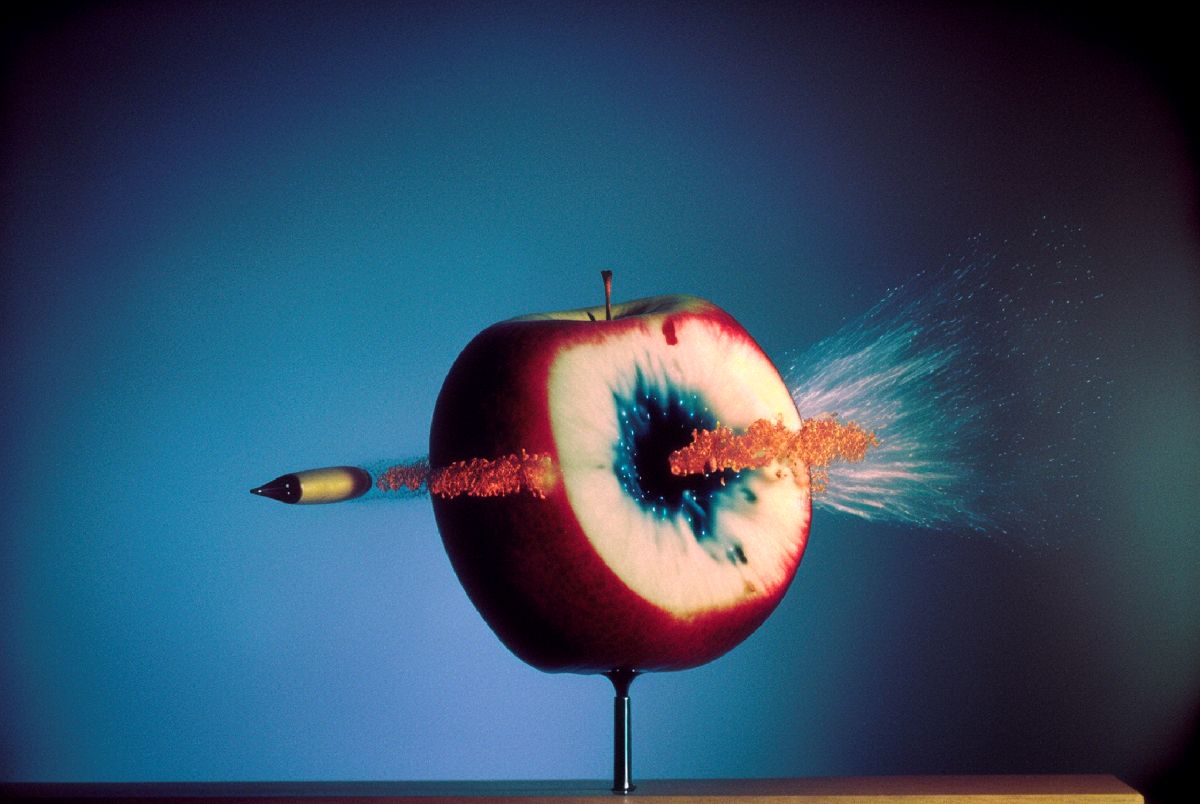
Brodbeck & de Barbuat, Etude d’après Harold Edgerton, Bullet Piercing an Apple, 1964 - 2022
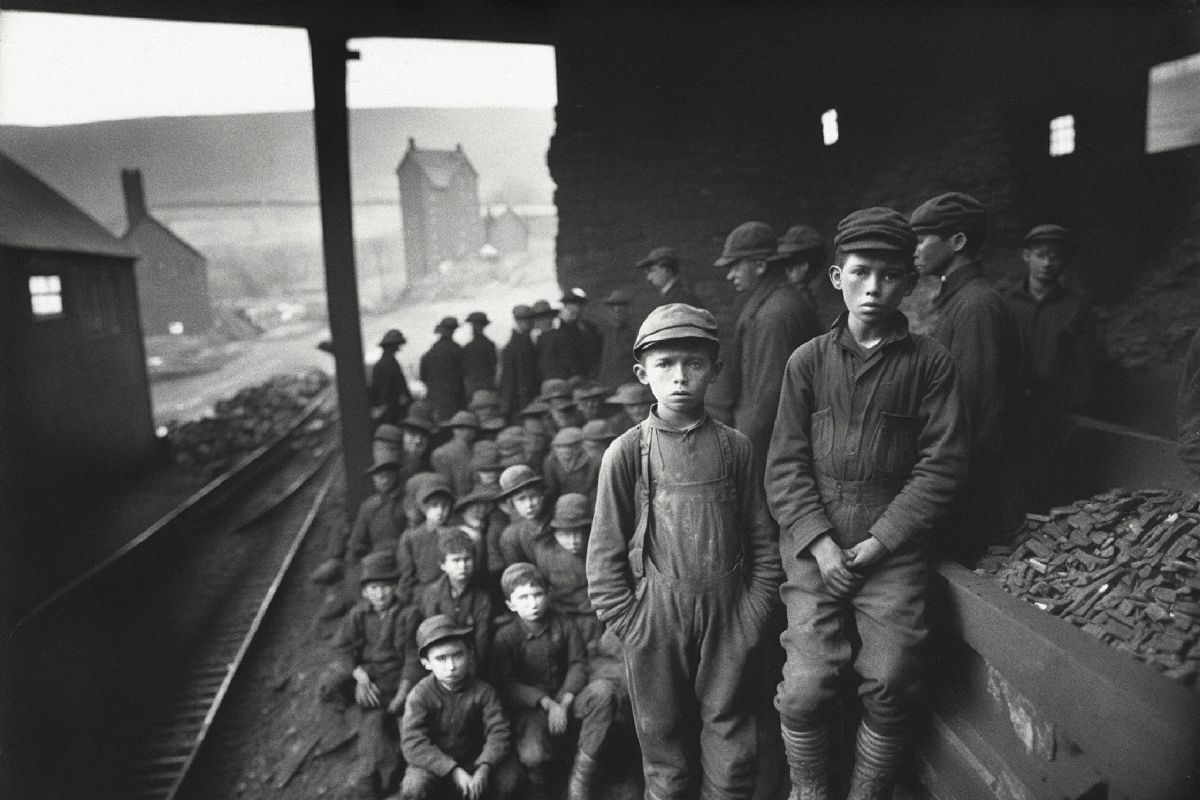
Brodbeck & de Barbuat, Etude d’après Lewis Hine, Breaker Boys In Coal Chute, South Pittston, Pennsylvania, 1911 - 2022
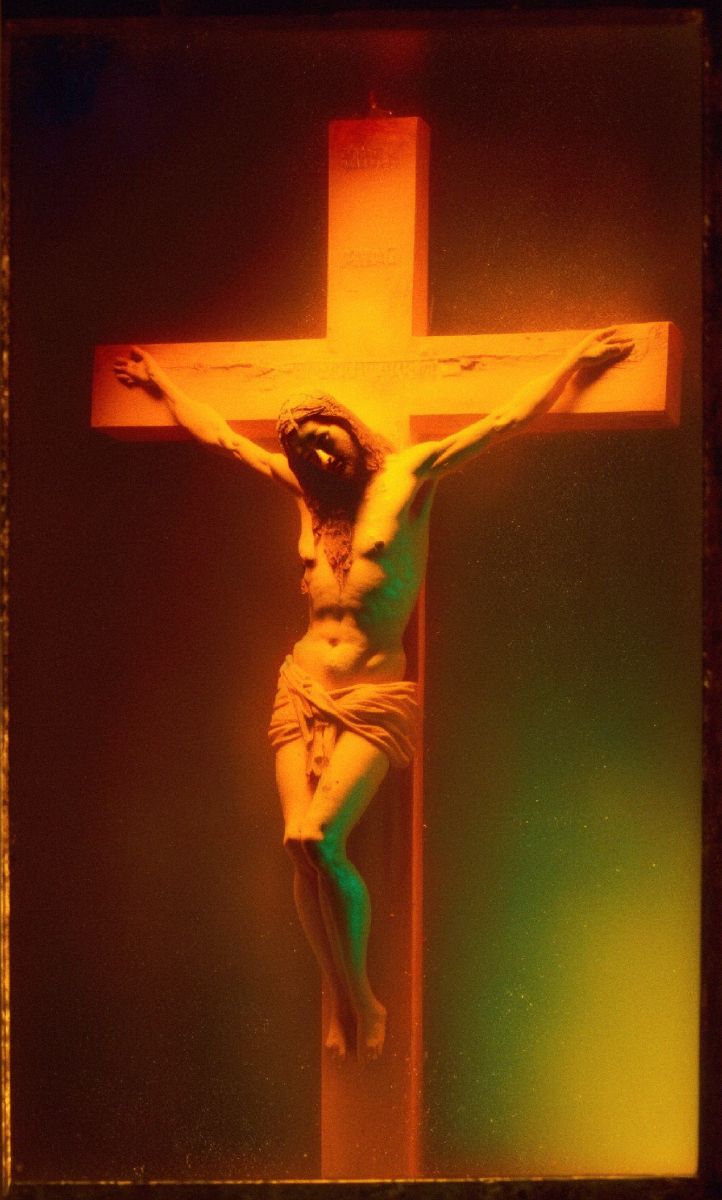
Brodbeck & de Barbuat, Etude d’après Andres Serrano, Immersion, 1987 - 2022
